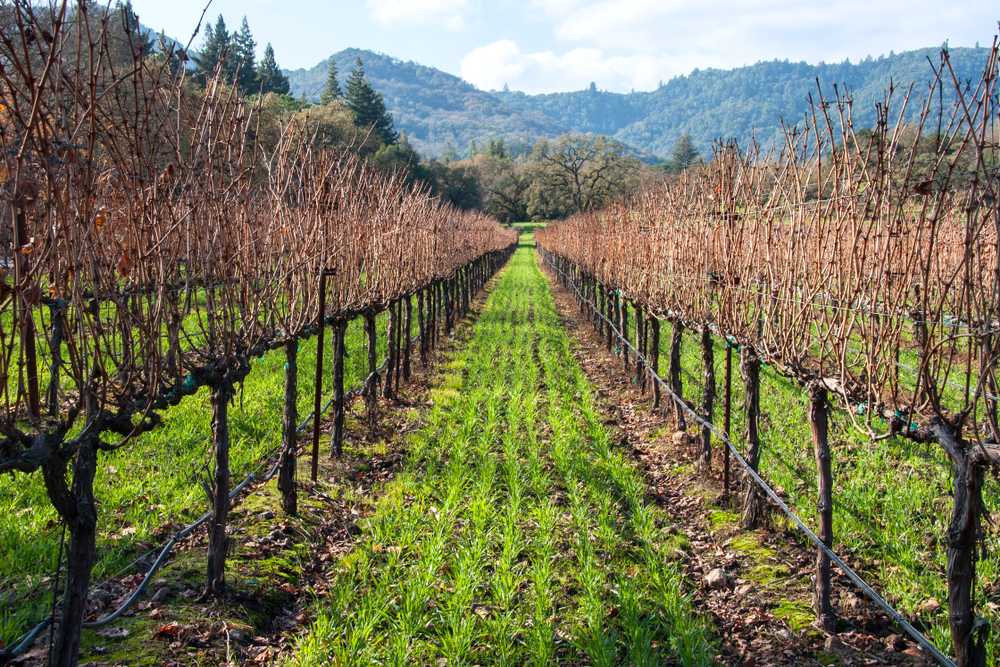When nature is in balance, plants grow well, reproduce and remain healthy, naturally resisting pests and disease. The beneficial organisms in our soil break down organic matter and soil minerals, providing nutrients and building soil structure. However, with our farming methods, things can get out of whack and the soil then requires some nurturing.
There are one or two thousand enzymes in each microscopic cell of a plant’s or animal’s body. Each enzyme only catalyzes one specific type of reaction. Some enzymes are a standalone protein molecule, but many others require an additional component in order to work. Meaning that they need something to activate: a nutrient ion (such as calcium, magnesium, iron, cobalt, copper, etc.) or a certain vitamin like a C vitamin.
I’ve beaten the drum repeatedly about micronutrients playing a complex role in plant nutrition. Bacteria are constantly gobbling up these micronutrients and releasing enzymes that play specific roles in improving and maintaining overall plant health. For example, copper, iron, and molybdenum can facilitate oxidation-reduction reactions in plants. Such reactions are essential steps in photosynthesis and many other metabolic processes. Micronutrients also play important roles in plant defenses against pests and disease. For example, through its catalysis of certain enzymes, manganese plays an important role in the mechanisms by which plants defend themselves from pathogenic attack.
Plants produce phenols (to ward off pathogens) and terpenoids (to ward off insects). It would be reasonable then to provide the essential micronutrients that can stimulate production of these substances. It seems that it would also be sensible to supplement products like Thyme Guard — our organic fungicide, bactericide and virucide — with support of what the plants already use for defense. In this manner, we’re contributing to a balanced approach, rather than one that “shocks” the plant with the use of hard chemistries that further reduce the plant’s ability to defend itself. That’s a short-term fix with long-term repercussions.
Foliar fertilizers like our products, Agrostim or Agroprime, are complex, with many of the micronutrients and minerals that a plant needs for growth and protection. We recommend applying foliar fertilizer sprays early in the season, as perennial plants are hungry for nutrients as they need to both flourish and build up their natural defenses – it’s a hand-in-hand approach that we sincerely advocate.




